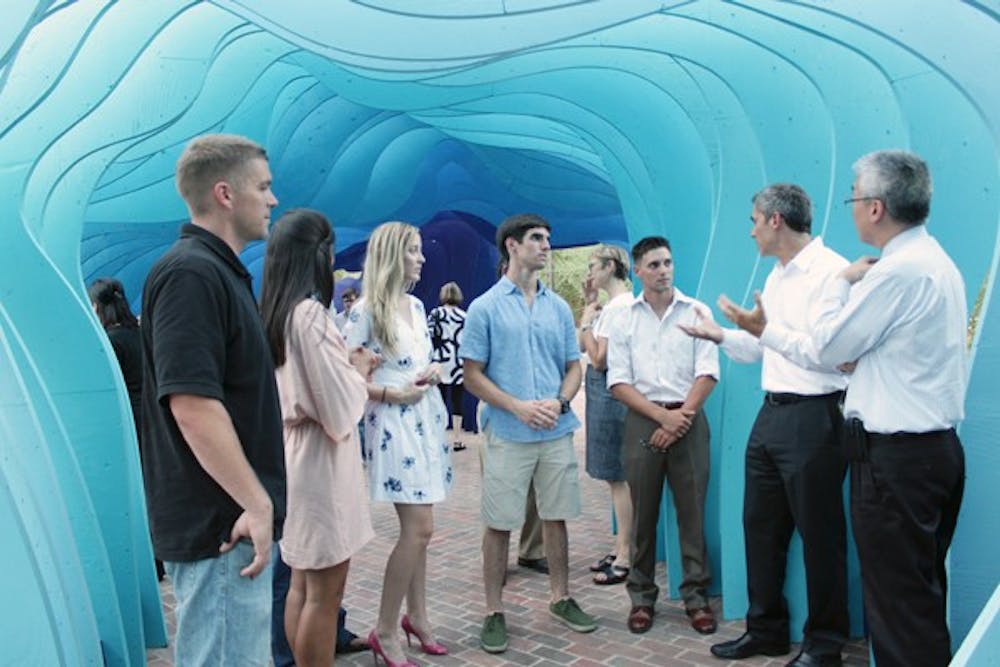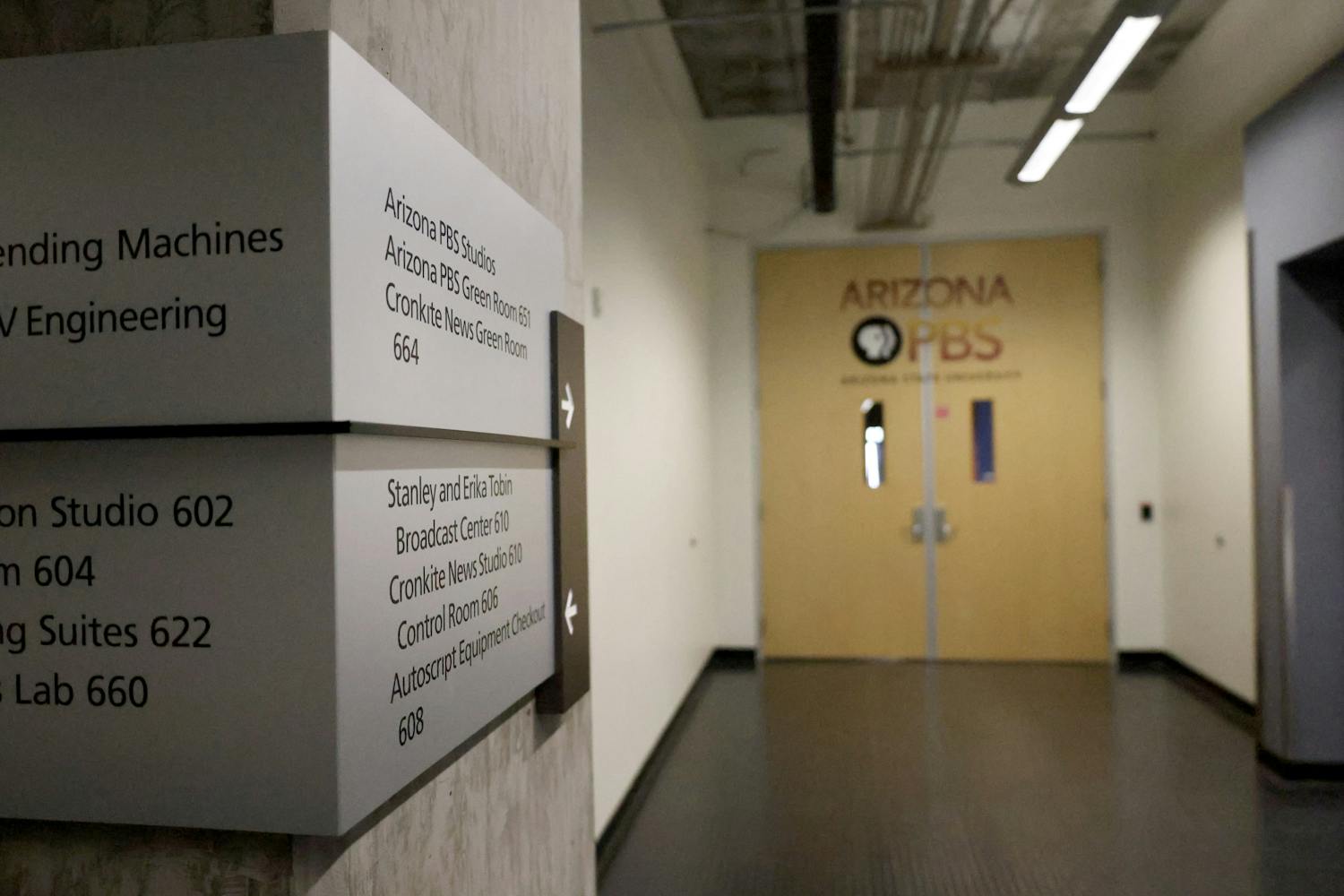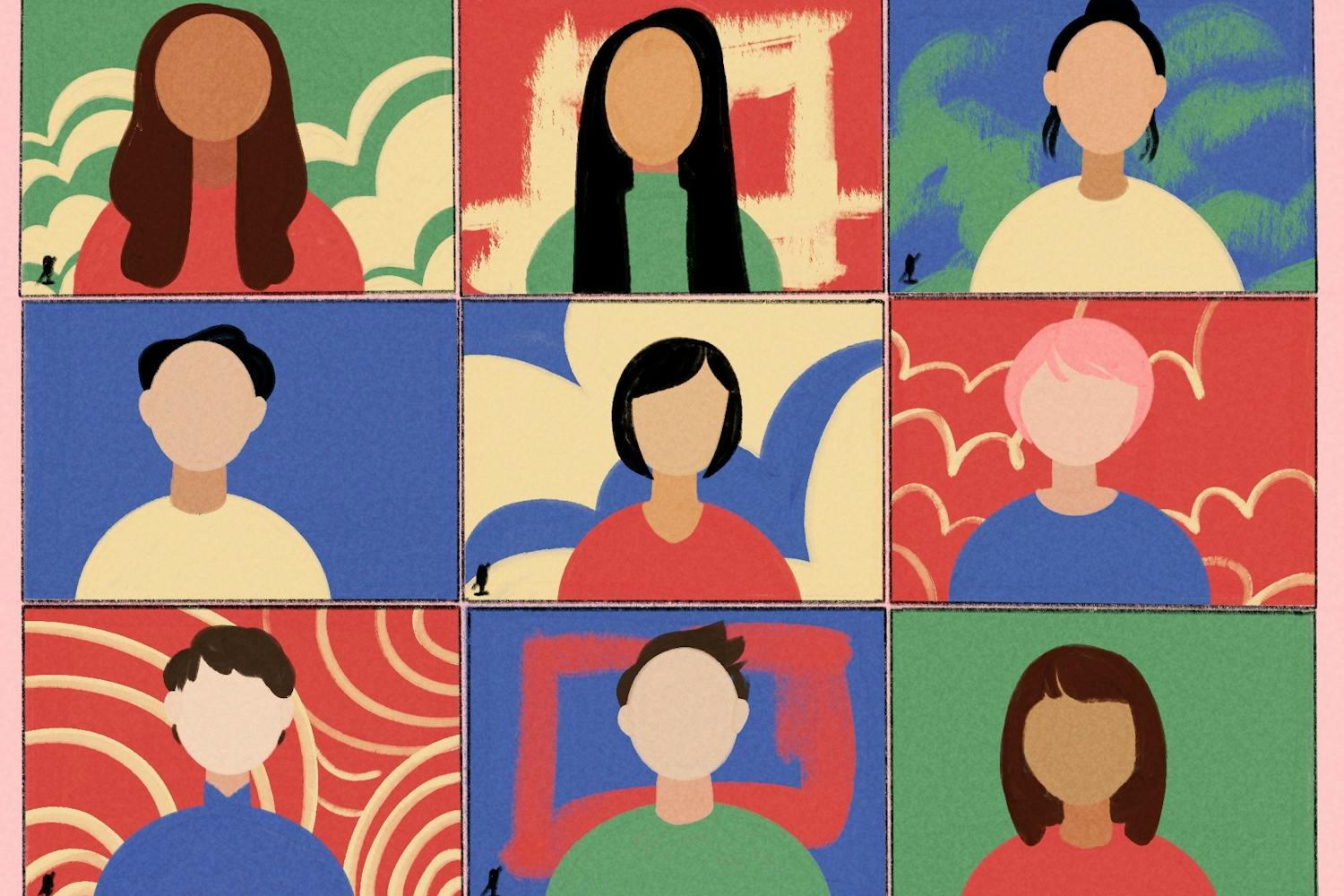At the end of August in Tempe, the idea of voluntarily spending time outside in between classes is daunting at best.
But Team Second Story, the winning team of the X-Square competition, envisioned an outdoor space where people could either comfortably pass through or sit and relax, team member and visual communications senior Josh Gallagher said.
Sponsored by the Herberger Institute for Design and the Arts, the yearly competition challenges student teams to transform an unexceptional courtyard into an attractive gathering space. The courtyard sits in the middle of Herberger’s turf on the northern end of campus.
After the ribbon was cut at Tuesday evening’s ceremony, it was clear that the new structure in Neeb Plaza fulfilled both goals, as those attending the reception mingled comfortably in and around the installation.
Though the early evening temperature hovered around 110 degrees Fahrenheit, roughly a hundred people filled the courtyard to celebrate the new structure.
“We wanted to create a destination from a transient space,” said Gallagher.
The courtyard between the Art Building and the College of Design South Building on the Tempe campus was only fleetingly occupied by students passing through before the competition’s inception in 2009.
Team Second Story’s blue structure was designed with a nod to the shape and color palette of an iceberg — a welcome thought during the hottest days of summer in Arizona.
While the team of six students has been working on the design of the installation since before they submitted their original design in April, construction took only four weeks.
The project is meant to be sustainable. When it is disassembled, the team hopes to find a space to display the structure as a piece of public art, said team member and landscape architecture major Kyle Fiano.
No plywood was wasted. Scraps from the main structure were used in the gussets, and any extra was given to the student studios.
Seating is integrated throughout the structure, which is built with vertical slats to provide shade but also gives an aura of open space.
The competition is one of many cross-school initiatives at ASU that encourages students to collaborate outside of class.
The benefits of such collaborations are huge, said Adriene Jenick, director of the School of Art at Herberger.
“When you collaborate, you start to question your own terms and processes, and the value behind what you’re doing,” Jenik said.
Jenik, in a long list of thank-you’s during her introduction, praised the involvement and willingness of ASU staff and administration.
“ASU has really enabled us to do this (installation),” Jenik said. “Many other schools would not allow this.”
Reach the reporter at clstraus@asu.edu





